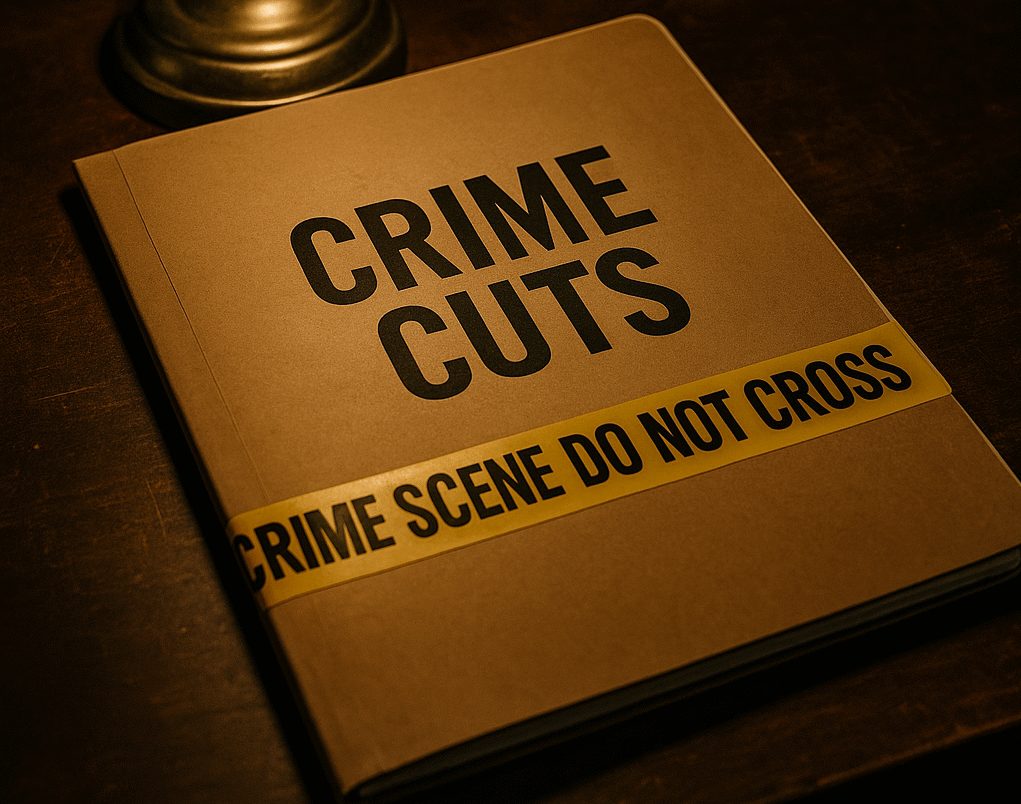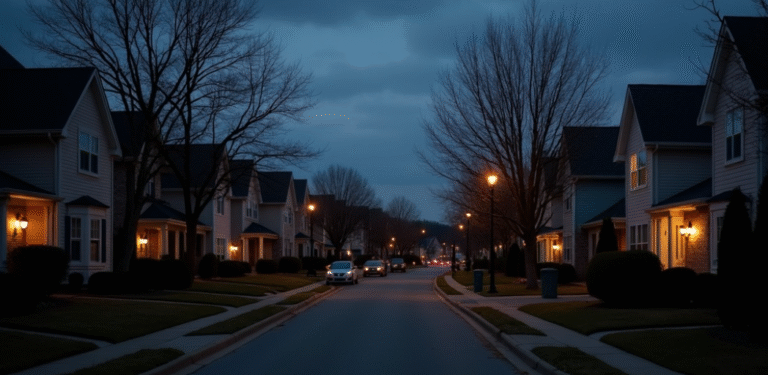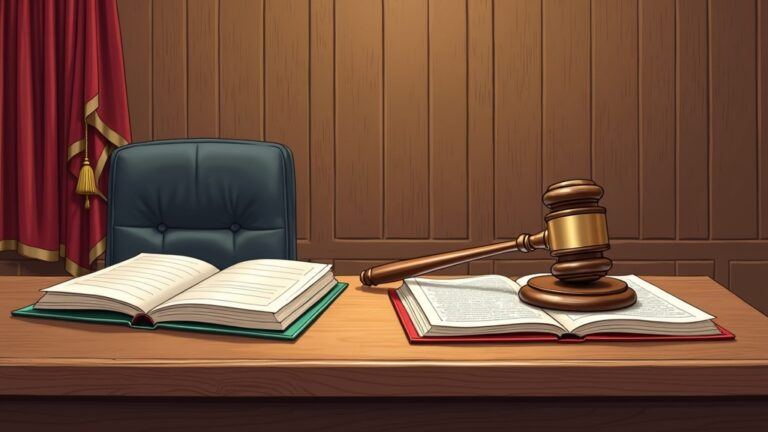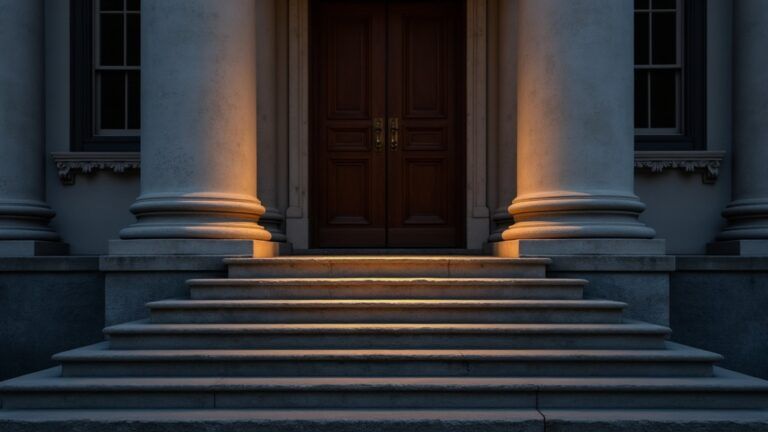Introduction
Famous crime cases have a strange way of grabbing all our attention, whether through headlines, documentaries, or dinner table debates. The details can be shocking, disturbing, or even puzzling, but beyond the drama, these cases reveal a ton about how justice works, what happens under intense public scrutiny, and how real change can follow major scandals. I’ve spent lots of late nights caught up in the stories of these investigations, reading about big courtroom battles and the huge public reactions that follow.
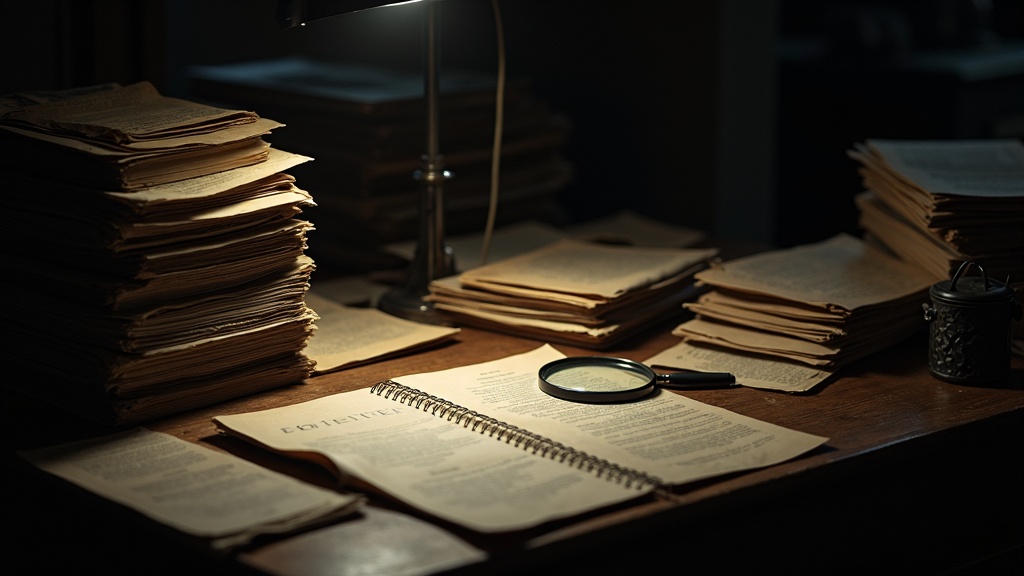
Table of Contents
Why Check Out Famous Crime Cases?
When a big crime case makes waves, it often reveals just how complex the justice system can be. These cases aren’t only about whodunit; they also show how police, lawyers, and courts handle enormous pressure. Sometimes, the mistakes made along the way spark changes that help protect future generations, or they highlight gaping holes in law enforcement or social policies. By looking into these stories, I’ve seen how one headline-grabbing crime can lead to real conversations about fairness, evidence, or even mental health support.
Some famous cases are genuinely eye-catching. Following their twists and turns, I learn why certain investigative successes are celebrated, and how legal or police failures have sometimes shaken public confidence. Watching how media coverage shapes public reaction has helped me understand just how much influence reporting holds, and how public outrage or sympathy can move lawmakers.
What Makes a Crime Case Stick in Public Memory?
For a crime case to truly resonate, it often checks several boxes. The most talked about cases usually have:
- Massive media coverage: The more the news covers it, the closer people follow every development.
- Outrageous or mysterious details: Some cases stand out for how unusual, brutal, or puzzling they are.
- Celebrity factor: If celebrities, politicians, or the ultrawealthy are involved, public interest only grows.
- Wider impact: Cases that cause a ripple effect on policies or social thinking tend to stay in people’s minds much longer.
- Unresolved or controversial verdicts: When questions linger after a trial, or if a verdict seems dodgy, debates go on for years.
Main Types of Famous Crime Cases
There’s no single mold for a famous crime story. After following a bunch of these, I usually see the following categories pop up:
- Wrongful convictions: Like the Central Park Five or West Memphis Three, these cases show what happens when innocent people are swept up by the system.
- Celebrity and high profile cases: The O.J. Simpson trial and Depp vs. Heard suit drew eyes from every corner of the world.
- Cold cases cracked years later: The hunt for the Golden State Killer became a true crime obsession that finally ended thanks to modern DNA tech.
- Organized crime and cartel busts: The downfall of Pablo Escobar or El Chapo had impacts far beyond their criminal empires.
- Political or institutional scandals: Watergate and the Jeffrey Epstein case shook entire institutions and even switched up public perceptions of the rich and powerful.
- Mass murders & terrorism: Oklahoma City Bombing and the 9/11 conspiracy trials challenged how courts and investigators handle trauma and national security concerns.
- Serial killers: Names like Ted Bundy and BTK are household terms because their crimes forced huge changes to investigative work.
- Corporate or white collar crime: The fallout from Enron and Bernie Madoff showed that greed can break as many lives as any violent crime.
Breaking Down a Famous Crime Case: What I Look For
When I read up on a famous crime case, I always go through a simple checklist to really get to the heart of the story. Here’s my go to structure:
- Background: Who were the main players? What was their history?
- What happened? Laying out the crime itself without sensationalizing can actually be more gripping than you’d expect.
- Key investigation moments: What mistakes were made? What clues led to breaks in the case?
- Evidence: How strong was it actually, and did forensic science play a role?
- The outcome: Was there a conviction? A controversial release? Or is the case still wide open?
- Media and public reaction: How did the public respond? Did it create outrage, fear, or even new activism?
- Changes and lessons: Did the legal system or laws change because of what happened?
This simple process helps spot the patterns, like what goes right, and where things fall apart.
What These Cases Teach Us
Investigative Insights
Some of the most eye catching lessons from famous cases are about how investigations work, or why they derail. DNA and digital forensics have completely changed the game, like in the Golden State Killer case. But smaller details, like whether evidence is handled correctly, or if detectives fall into tunnel vision, can mean the difference between justice and a wrongful conviction.
Behavioral profiling and teamwork between agencies sound dry but end up making all the difference, especially in high stress, high stakes cases. Even a little slip in the chain of custody can let guilty people walk free or see innocent people locked up for years.
Legal System Reality Checks
Famous crime trials also put the spotlight on how bias, fame, and media shape verdicts. A jury’s exposure to news reports, or even viral memes, can affect their judgment way more than most people think. Some cases, like the O.J. Simpson trial, showed how difficult it is to keep a court process totally separate from outside pressure.
Tactics from both prosecutors and defense lawyers can get creative or even shady. Unfair sentencing, plea bargains, and the really tough road to successful appeals are super common in these headline cases.
Reflection on Society and Culture
No big crime case exists in a bubble. Issues of race, class, and gender tend to magnify in the courtroom and the headlines. High profile trials have also led to growing “trial by media,” making it tough for anyone to get a truly fair hearing.
Some public reactions have built real mistrust of the legal system, but others have helped turn up victim advocacy and push for more healing focused justice systems.
Policy Switch Ups and Reforms
I’ve seen how some infamous crimes have changed entire laws. National sex offender registries, mandatory recording of police interrogations, and stronger innocence projects (aimed at overturning wrongful convictions) all trace back to famous cases. On the flip side, calls for tougher surveillance or policing also tend to follow these headline grabbing crimes.
Statutes like the “Son of Sam” law (barring criminals from profiting off stories) arose after the David Berkowitz case, and Megan’s Law prompted alerts about sex offenders in local neighborhoods. New rules to make evidence collection more reliable and court procedures more transparent often stem from botched investigations. For instance, reforms after DNA exonerations brought mandatory DNA testing for certain convictions, helping free many wrongfully imprisoned individuals.
Legendary Crime Cases That Switched Up the Conversation
Certain crime stories have truly transformed how courts, media, and the public respond to future scandals. Here’s a rundown with the main lessons each taught us:
- O.J. Simpson’s Trial: It exposed how media coverage and jury decisions intersect with race and celebrity status.
- Central Park Five: The world saw how easily confessions can be wrong, and the steep price of bias and tunnel vision.
- Golden State Killer: Showed just how powerful DNA genealogy has gotten for cracking open cold cases.
- Jeffrey Epstein: Shined a glaring light on the protection elites sometimes get, and how serious abuse can slip through cracks for years.
- Manson Family Murders: Gave the nation a look at cult psychology and the ripple effects of fear and paranoia.
- JonBenét Ramsey: Proved that feeding a constant stream of details to the press sometimes derails real investigations.
- Enron & Madoff: Corporate greed forced lawmakers to think differently about regulation and financial oversight.
- Derek Chauvin Trial: Raised awareness about police conduct and the value of body cam footage in holding people accountable.
- Sam Bankman-Fried (FTX): The crypto world learned a tough lesson about regulation and the dangers of hype-driven investing.
Unsolved Crime Cases That Still Leave Us Hanging
Some famous crimes keep people guessing for decades, with documentaries and armchair detectives still searching for answers. A few of these include:
- Madeleine McCann: The mysterious disappearance that spawned international press and online sleuthing.
- Amy Bradley and Natalie Holloway: Both cases remain haunting, leaving families with hope and heartache.
- The Zodiac Killer: A code writing killer who has never officially been identified.
- Kendrick Johnson: A deeply suspicious death still under heavy scrutiny.
- The Long Island Serial Killer: Recently new leads have surfaced, showing how technology is giving new hope for resolution.
Other mysteries, like the D.B. Cooper skyjacking or the Black Dahlia murder, have been rehashed in countless forums and documentaries, drawing in new generations of crime enthusiasts. These stories highlight not only the challenges of criminal investigations from decades past but also the enduring curiosity that unsolved crimes spark today.
How Crime Cases Influence Pop Culture
The biggest cases don’t just live in court transcripts or press clips. They inspire countless podcasts, Netflix series, books, and online forums. The true crime boom means anyone can become an amateur investigator. But there’s a tricky side: retelling traumatic real life events for entertainment can cross ethical lines or sometimes even interfere with ongoing investigations.
Courtroom dramas and real case documentaries have turned lawyers, detectives, and even some victims into household names. For example, the popularity of shows like “Making a Murderer” or fictionalized versions of infamous crimes has sparked debates about both justice and responsible storytelling. These portrayals can bring awareness to systemic problems, but they can also put intense pressure on families and communities still healing from tragedy.
Responsible Analysis: How I Approach Famous Cases
I’ve learned that being a responsible crime case reader or commentator is pretty important. Sticking to court records, official evidence, and actual verdicts makes all the difference. It’s easy to go from healthy curiosity to wild conspiracy theory, especially online. Keeping the focus on facts, not just the drama, and remembering there are real people behind these stories is super important. Respect for victims and families always comes first.
Whenever I check out a case, I try to cross reference primary sources like police reports and trial transcripts. Being careful not to jump to conclusions or spread speculation helps ensure I’m not accidentally adding to misinformation. Sharing insights respectfully and remembering that these events involve real suffering guides the way I talk or write about crime stories, whether in conversation or online.
So, What’s the Real Takeaway?
Famous crime cases keep teaching us about justice, bias, and change. Whether it’s the errors that cost years of freedom, or the next-level cool innovations that help catch a long elusive criminal, every case leaves a mark on laws, culture, and public understanding. The best way to learn? Stay curious, keep questioning, and seek out the truth beneath the headlines. If we stick to the facts and respect the real impacts of these stories, we’ll always find lessons worth remembering.
The FBI Famous Cases and Criminals archive is a valuable resource for anyone interested in exploring some of the most notable investigations in U.S. history. It provides detailed case files, photographs, and background information on high-profile matters ranging from organized crime and espionage to kidnappings, bank robberies, and acts of terrorism. Visitors can read about cases like the John Dillinger manhunt, the capture of the Unabomber, and the investigation into the 9/11 attacks, gaining insight into investigative techniques, evidence gathering, and the legal outcomes that shaped law enforcement history. For further research, visit the FBI Famous Cases and Criminals page.
Contact Us:
If you need to contact us for any reason, please feel free to do so here!
